K9 Unit: Canine Officers Are Unsung Heroes On The Beat
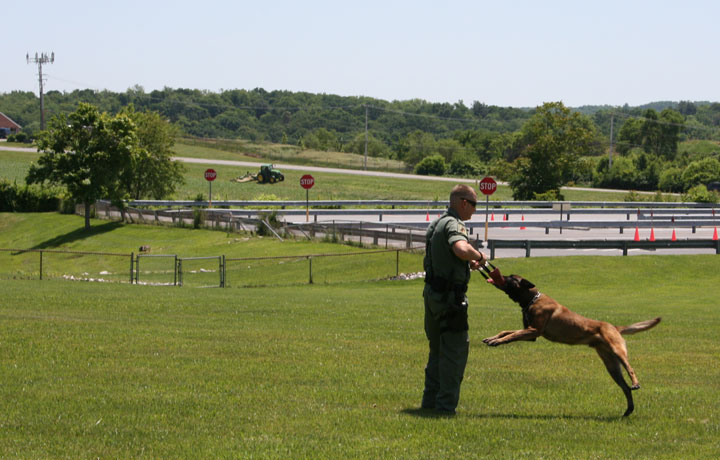
They diligently patrol the streets and stores and buildings and warehouses and cars out on the beat with law enforcement officers, security guards and military officers every day of the week. They undergo rigorous, strictly-disciplined training exercises. They are rewarded for their good deeds. And they do their job and their duty with diligence and dignity—but much of the time they remain unseen and unheralded, unsung heroes on the beat.
They are canine officers—strong, sturdy, intelligent and well-trained dogs that accompany thousands of law enforcement and military officials on their jobs.
We recently spoke with officials at the Frederick County, Md., Sheriff’s Office about that agency’s K9 Unit. Canine officers are shining examples of the relationship between man and dog—and an instrumental part of keeping communities safe. Dogs accepted for law enforcement work must undergo six months of specialized training before they are even considered for active duty.
The Training
These dogs must become masters of obedience. They have to be able to understand the commands given to them by their handler, and they must be able to follow through with those commands, regardless of the situation. This important for the safety of the animal and the officer, and it is crucial for the safety of the public. The first four months of training are typically dedicated to standard and advanced obedience training, tracking, and suspect apprehension techniques. Once the dog has shown proficiency in these skills, they can begin their two months worth of detection training. This training is used to help officers locate various types of contraband, including drugs. According to Corporal Eyler of the Sheriff’s Office, these canine officers are on the front lines of the fight against the increasing heroin epidemic that is currently sweeping the county.
The Job
When a handler is paired with his partner for the first time, much time is spent building trust with one another. Each must learn the quirks and personality traits of their respective partners. Just as the handler can sense, see and feel when his partner is tense, upset, or agitated, so, too, can the dog sense this in the handler.
Learning these traits allows the duo to be more effective, keeps the officer and the canine safe, and keeps safe the public they are sworn to protect. The handler typically has a dual sense of duty when it comes to the job. Often, some people will ask or suggest just sending in the dog to apprehend an armed suspect, but the handler is responsible for the safety of the canine and has to use his or her own judgment to determine if the situation is too dangerous for the companion or not.
If the situation is deemed acceptable, the canine will be released and will assist with subduing a suspect. The K9 Unit typically works an eleven-and-a-half-hour shift, which leaves the canine in a heightened state for a large part of that time. Members of the public should always make sure you verify that it is acceptable to approach the canine from the handler prior to extending a hand. These dogs are not mean or vicious, they are in work mode. It can take several years of active, working experience before these dogs learn to automatically flip the switch and turn off that work mode.
The Community
Members of the public are encouraged to visit a police department or sheriff’s department open house and watch live demonstration of canine officers. One of the most popular and exciting demonstration is always the K9 Unit.
The dogs move with such power, speed, and agility, and that is mind-blowing to many people. Pet owners are often used to non-working dogs, who are satisfied with an hour or two of exercise a day. With canine officer dogs, though, it is the thrill, cheers, praise, and love that these dogs thrive on.
The community and the interaction between the canines and public is important to the canine officers. The officers put their lives on the line every day. They do not collect a paycheck, per se, or get any type of special treatment. Like any domestic animal, they someone to love them and take care of them. Canine officers are the unsung heroes of the law enforcement world and communities. The next time an article appears that mentions a fleeing or hiding suspect being located and apprehended by police, that suspect could have been caught with the help of a K9 Unit. Canine officers are often first responders on a scene, and often the first to leave once the job is accomplished.
The Downtime
Corporal Eyler noted that canine officer units work nearly twelve-hour days when they work. Once the day is done, the officer and the canine need downtime. The energy the canine has from the time spent in a heightened state needs to be released. That is why Corporal Eyler lets his canine, a beautiful Belgian Malinois, just be a dog. There are no special commands that he is given, or tasks he needs to do; he is allowed to have some good, old-fashioned fun.
Whether it is just giving him the ability to run free and jump in a lake to swim, or sprint around the yard after a ball or a stick, Corporal Eyler understands how important it is to separate work from home for his companion. While these animals are trained to view their handlers as their entire world and some objects that are coming towards them as a potential treat, nothing beats a loving home to soothe even the most tense of situations. Without a strong home or family dynamic, these canine officers would have a hard time coping with the demands and rigors of the job on a regular, ongoing basis.
Frederick County has yet to lose a canine in the line of duty, thanks to the dedicated work of the handlers that care for their animals. Not all dogs have what it takes to be a member of a K9 Unit. These dogs work tirelessly, like their handlers, to keep communities safe. Canine officers can work their way into the hearts of those who do not consider themselves to be dog people, just by showing the loyal and loving disposition they naturally exude. Canine officers do their jobs because they love what they do and they love to keep communities safe.
This article was originally published in our Fall 2014 print issue.

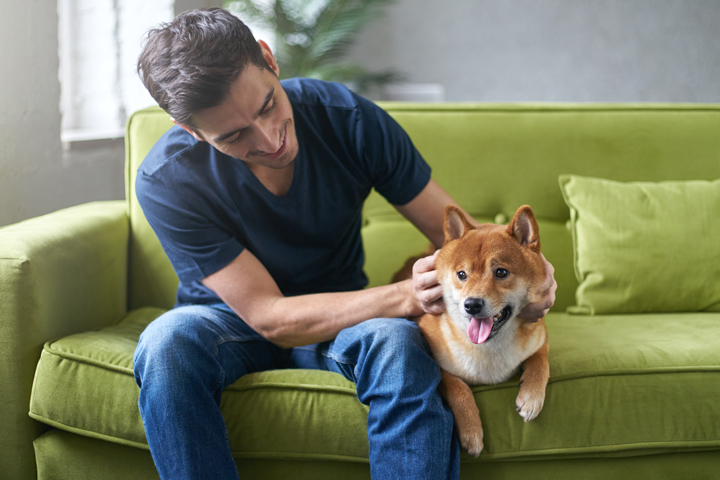
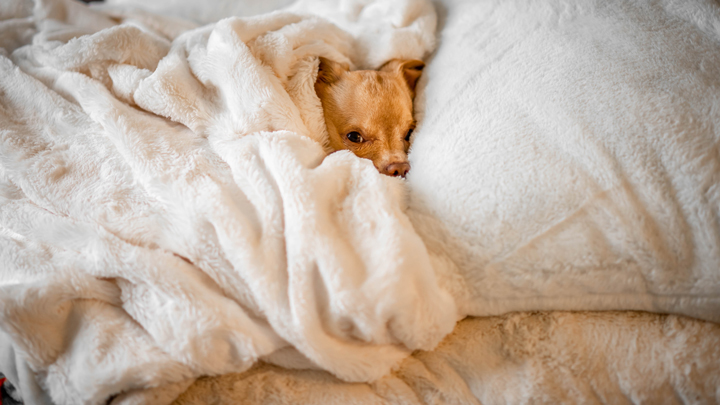
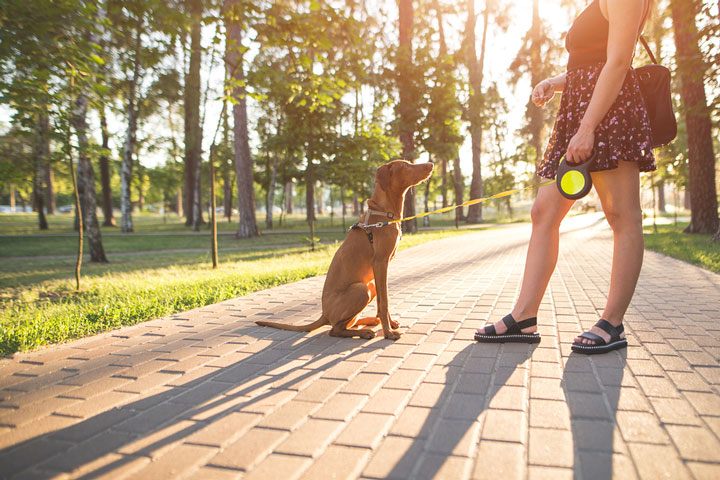
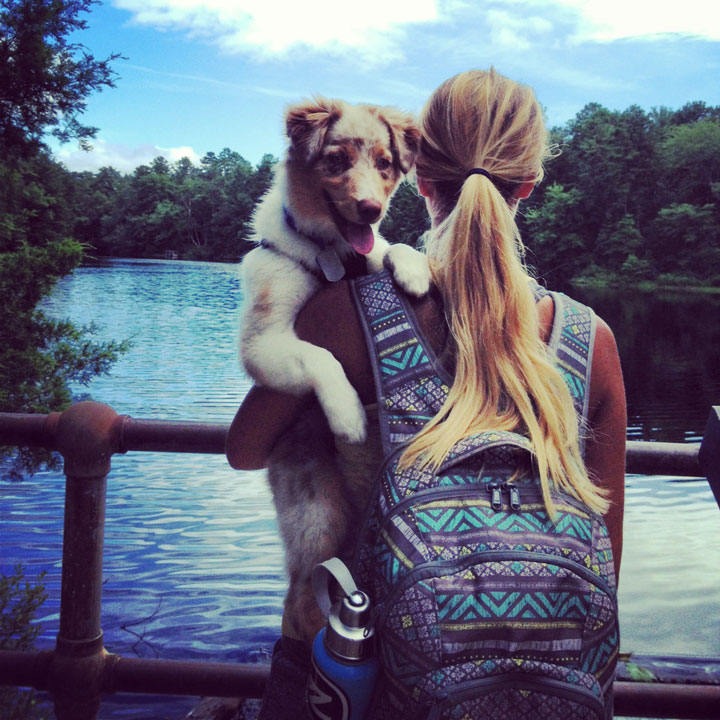

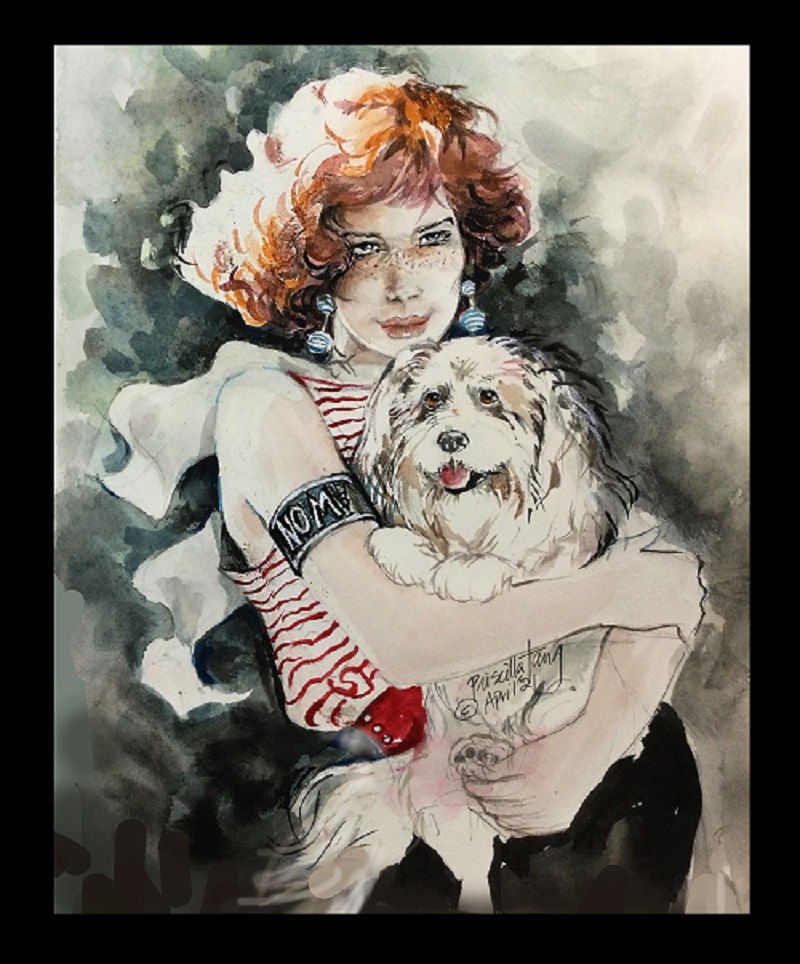
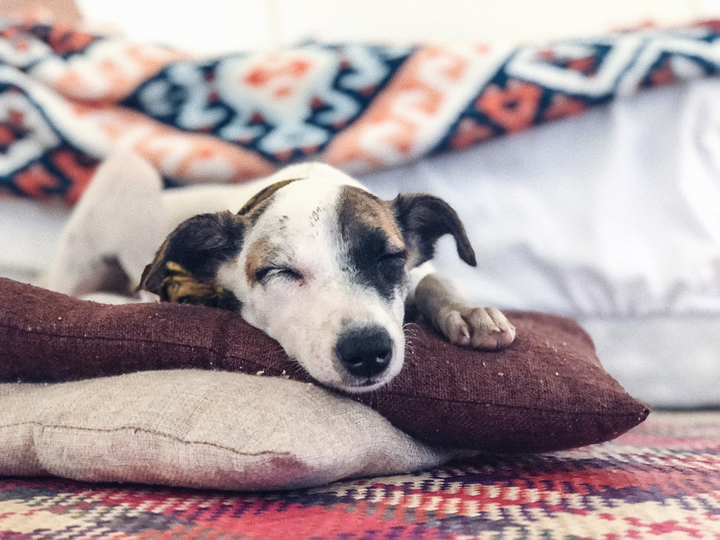
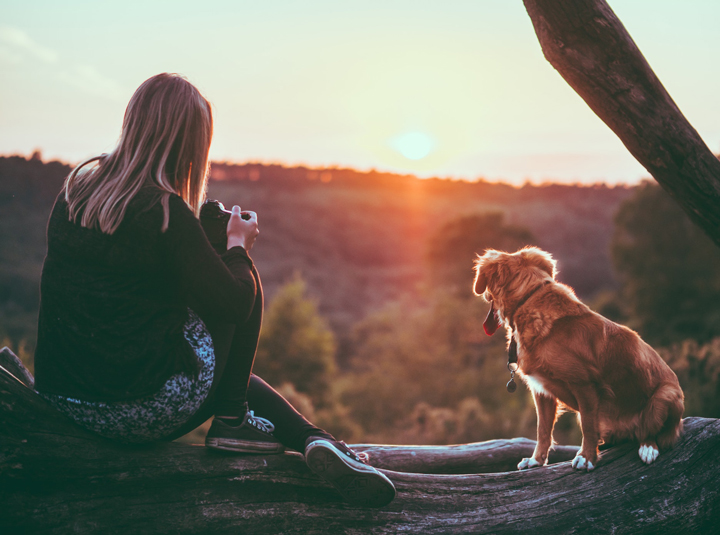

Leave a Reply